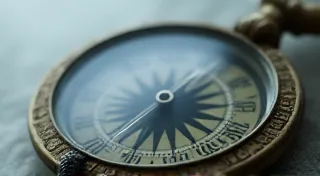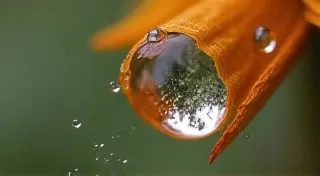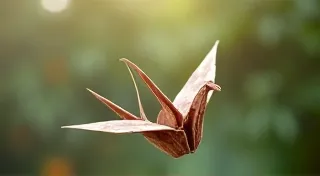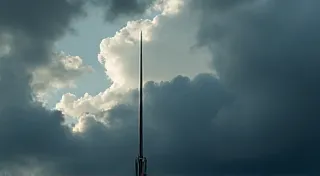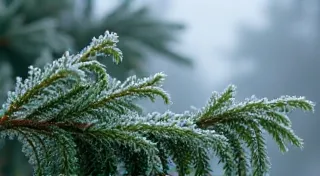The Dance of Wire: Juniper Wiring, Patience, & Precision
There’s a peculiar sort of beauty found in things that bear the marks of time and meticulous hands. I’ve always been drawn to antique accordions. Not the shiny, modern ones, but the aged instruments, their bellows faded, their keys worn smooth by countless performances, the wood etched with the patina of decades. They whisper stories of smoky dance halls, of travelling musicians pouring their hearts out, of audiences moved to tears and laughter. Each imperfection, each tiny chip in the wood, isn’t a flaw; it’s a brushstroke in a larger, more profound narrative. This same appreciation, this understanding of beauty born from deliberate shaping and refinement, is what I find so compelling about juniper bonsai wiring.
Wiring a juniper bonsai isn't simply about bending branches; it's a conversation. It’s a silent dialogue between the grower and the tree, a collaboration that demands patience, observation, and a deep respect for the inherent nature of the juniper. Just as a master accordion craftsman painstakingly repairs and restores a damaged instrument, preserving its character and allowing its music to resonate anew, we, as bonsai artists, coax the juniper into a form that expresses its potential, while honoring its individual quirks.
The Historical Context: Shaping Nature’s Will
The practice of bonsai, particularly with species like juniper (Juniperus), is steeped in centuries of tradition. While its roots are firmly planted in Chinese art, it was in Japan that the technique truly blossomed, evolving from a stylized imitation of natural landscapes to a highly refined art form. Early bonsai practitioners, often monks and scholars, sought to capture the essence of aged trees—trees that had weathered storms, endured hardship, and ultimately displayed a quiet resilience. Junipers, with their hardy nature and ability to thrive in challenging environments, became a natural choice for these miniature landscapes. The wiring techniques developed over time weren’t about forcing a tree into an unnatural pose; they were about gently guiding its growth, mimicking the effects of wind, gravity, and the relentless passage of time.
Think of the accordion again. Early models were often crudely constructed, robust instruments built to withstand harsh conditions. Later, as manufacturing techniques improved and artistry flourished, the focus shifted to creating instruments of exquisite beauty and nuanced tone. Similarly, with junipers, we aim not to dominate, but to assist in the realization of a beautiful form – a reflection of nature’s inherent artistry.
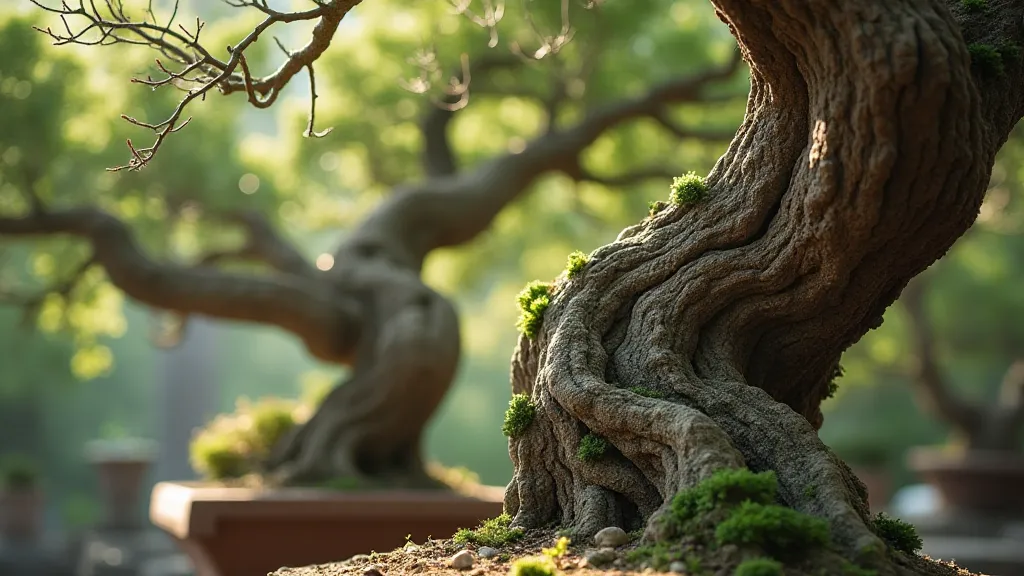
The Tools of the Trade: Choosing and Applying Wire
The process begins with selecting the appropriate wire. Anodized aluminum wire is a popular choice for beginners, as it’s relatively soft and less likely to damage the bark. Copper wire is stronger and provides more control, but requires more care to avoid scarring. The gauge (thickness) of the wire is critical. Too thick, and it will bite into the bark; too thin, and it won’t hold the branch in place. It’s a matter of experience and observation—a craftsman learning the feel of his materials.
When applying the wire, consider the angle and direction of the branch. The wire should be secured firmly, but not too tightly. A common mistake is to wrap the wire too closely together, which can create pressure points and damage the bark. Like a meticulous repair of a bellows on an old accordion, each winding should be purposeful and thoughtful. The goal is to encourage the branch to curve gently, mimicking the sway of a tree in a mountain breeze.
Juniper Wiring Techniques: A Step-by-Step Approach
There's no single “correct” way to wire a juniper bonsai. It’s an art form that demands experimentation and adaptation. However, some general principles apply. Begin by assessing the tree’s structure and identifying the areas that require shaping. Visualize the desired outcome – a sweeping curve, a gentle cascade, a strong, upright form. Then, carefully select the wire and apply it to the branch, anchoring it securely to the trunk or another branch. Pay close attention to the angle and direction of the wire, ensuring that it’s positioned to guide the branch in the desired direction.
Regular monitoring is key. As the juniper grows, the wire will begin to bite into the bark. This is the equivalent of noticing a slightly loose reed on an accordion – a small imperfection that, if left unattended, could lead to a larger problem. The wire should be checked periodically and removed before it causes any lasting damage. This removal requires a delicate touch, much like carefully cleaning and oiling the keys of an antique accordion to preserve its functionality.
Beyond the Technique: Styling and Aesthetics
Juniper bonsai styling encompasses a wide range of aesthetics, from the formal upright to the informal slanting and cascading styles. The choice of style depends on the grower’s personal preferences and the unique characteristics of the tree. Consider the trunk movement, the branching pattern, and the overall composition. The goal is to create a harmonious and balanced design that evokes a sense of peace and tranquility.
Just as a skilled accordion player finds the soul of a piece of music, we, as bonsai artists, strive to reveal the inherent beauty of the juniper. It's not about imposing a rigid structure; it's about uncovering the hidden potential, the silent story that the tree longs to tell. It’s about understanding that imperfections aren’t flaws; they’re part of the narrative, adding character and depth to the overall design.
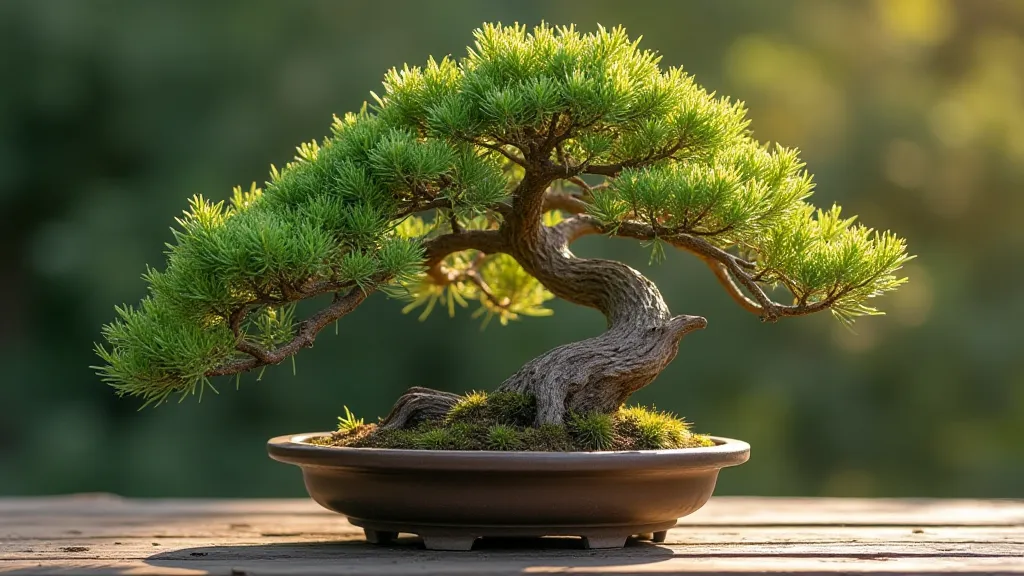
Common Problems and Solutions: A Grower’s Perspective
Like any art form, juniper bonsai wiring presents its challenges. Over-tightening the wire can lead to bark scarring and branch dieback. Leaving the wire on for too long can cause the same problem. Choosing the wrong gauge wire is another common mistake. And then there's the constant battle against pests and diseases. Red spider mite, for example, can wreak havoc on a juniper bonsai, weakening the tree and making it more susceptible to damage. Addressing these issues requires a combination of knowledge, experience, and a proactive approach to care.
Think of the meticulous cleaning and restoration required to revive a neglected accordion. It demands patience, a keen eye for detail, and a willingness to invest the time and effort necessary to bring the instrument back to its former glory. Similarly, tending to a juniper bonsai requires constant vigilance and a deep understanding of the tree's needs.
Winter Protection and Long-Term Care
Junipers are generally hardy trees, but they still require protection from harsh winter conditions. Providing shelter from wind and frost can prevent desiccation and damage to the branches. Regular watering and fertilization are also essential for maintaining the tree's health and vigor. Consistent care is the key to a long and rewarding relationship with your juniper bonsai.
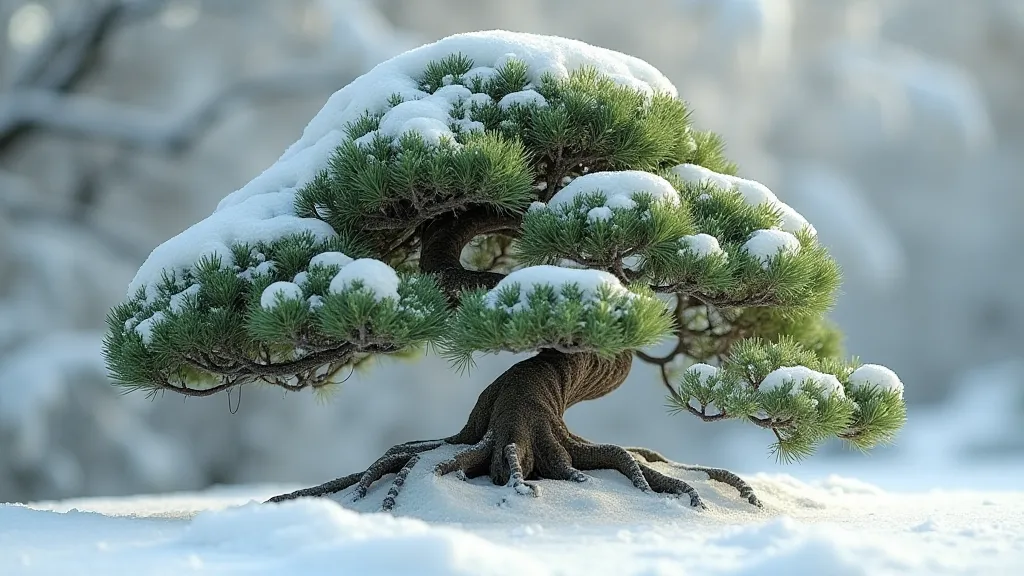
The dance of wire, the gentle shaping of branches, the unwavering commitment to care—these are the hallmarks of the juniper bonsai specialist. It’s a journey of patience, precision, and profound appreciation for the beauty of nature, a quiet conversation between the grower and the tree that echoes the enduring artistry of a perfectly restored antique accordion.
